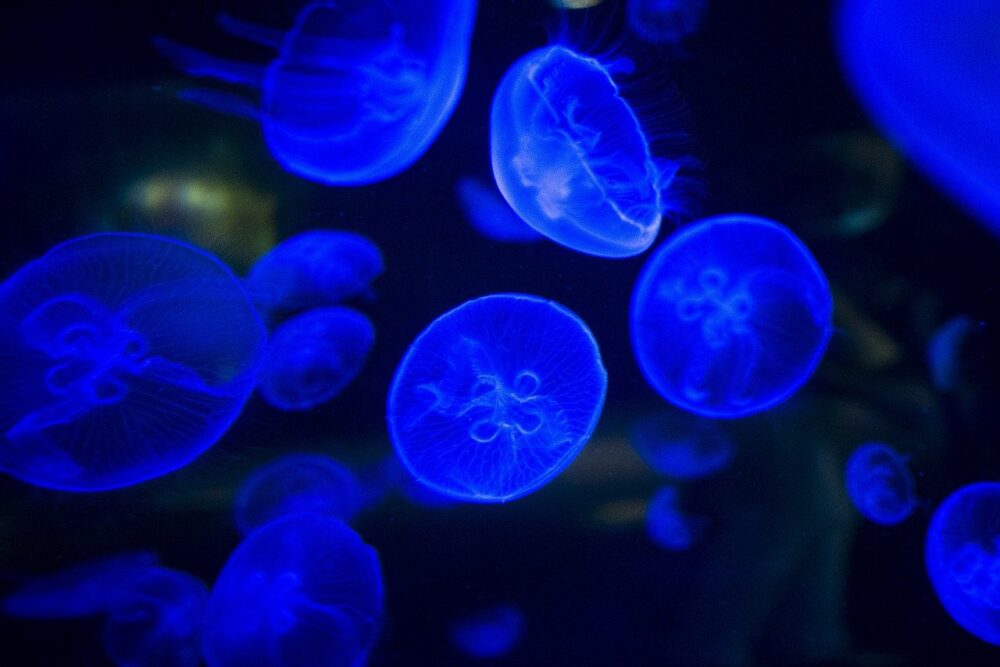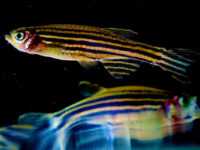The beauty of lights can be experienced all around, from the extravagant neon signs of Boston’s Downtown Crossing to the dazzling rows of lights glimmering from Seaport. However, if we take a step back and look to the natural world, we can see that the ocean has its own extravagant light shows. Millions of deep-sea fish and marine larvae have evolved a strange, glitch-like phenomenon known as bioluminescence, where living organisms produce light.
How does this happen? Scientists have done extensive research on how marine organisms have evolved to have luminescence. Bioluminescence within fish has evolved independently more than 27 different times. Luminescence without the help of bacteria, known as intrinsic bioluminescence, has evolved by itself a total of eight times. While it may seem that this process is like a computer glitch, it is very natural. Most fish and larvae usually can illuminate by themselves through chemical reactions within their bodies where the enzyme luciferase reacts with oxygen, causing a breakdown of the molecular bonds between the luciferin substrates within the fish. This results in light being emitted. While beautiful, these deep-sea creatures create light for multiple useful reasons. Many of them use their light as a hunting lure, while others flamboyantly show off their beauty in hopes of finding a mate.
Most fish and larvae usually can illuminate by themselves through chemical reactions within their bodies where the enzyme luciferase
One organism that uses its light to find a mate is a lanternfish. These fish use their natural light to communicate with other lanternfish by using unique patterns to signify that they are able and willing to mate. Over time, these unique light signals have been attributed to reproductive isolation within the lanternfish populations since the deep ocean limits light visibility in general. The same theme of using light for different purposes is prevalent in other species, with some even using their light as a predatory tactic in addition to breeding, such as deep-sea anglerfishes.
There are thousands of bioluminescent organisms lighting up the deep ocean, with lights as intricate as the ones seen in our cities. Bioluminescence is always evolving, and the possibilities are endless. Only time will tell whether or not we humans will develop a glitch in our genetic code that can completely change the way that we go about life, just like these deep-sea organisms.
Marine Biology (2014). DOI: 10.1007/s00227-014-2406-x
PLoS ONE (2016). DOI: 10.1371/journal.pone.0155154





